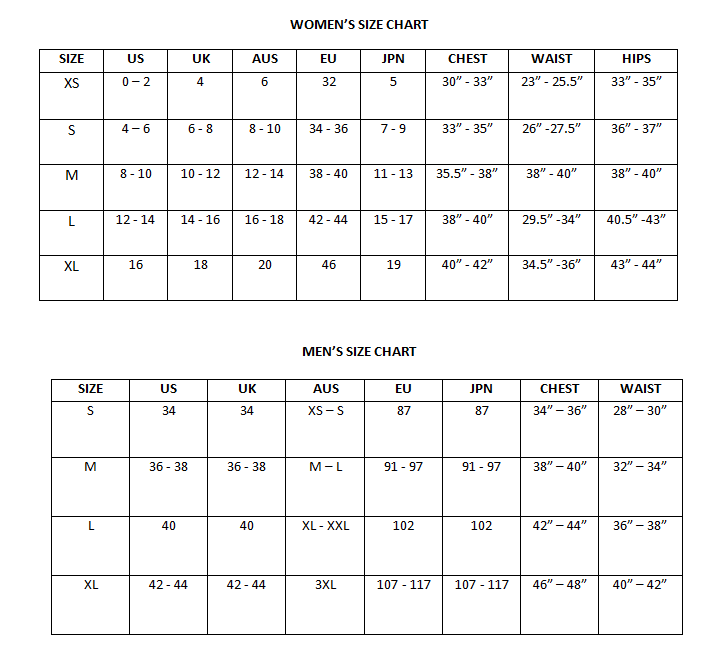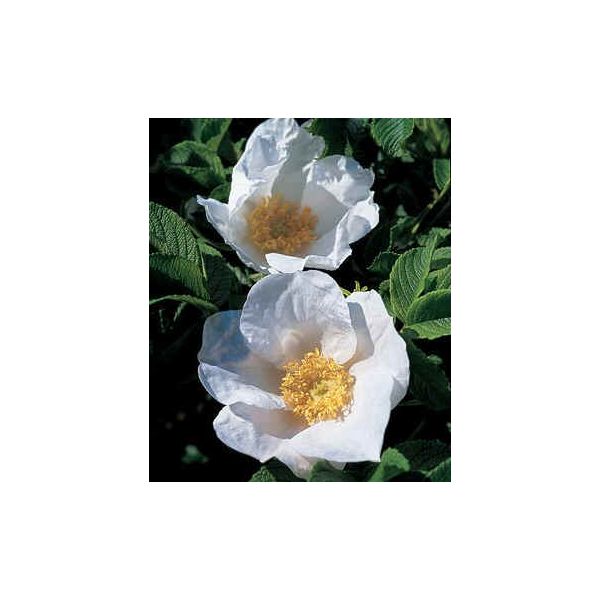Rosa Rugosa Alba Seeds (Japanese Rose Seeds)
Rosa Rugosa Alba Seeds (Japanese Rose Seeds)
The sweet summer fragrance makes it especially nice near windows or walkways.

Delivery
All orders shipped with UPS Express.
Always free shipping for orders over US $250.
All orders are shipped with a UPS tracking number.
Returns
Items returned within 14 days of their original shipment date in same as new condition will be eligible for a full refund or store credit.
Refunds will be charged back to the original form of payment used for purchase.
Customer is responsible for shipping charges when making returns and shipping/handling fees of original purchase is non-refundable.
All sale items are final purchases.
Help
Give us a shout if you have any other questions and/or concerns.
Email: contact@domain.com
Phone: +1 (23) 456 789
Availability: Out of stock
SKU
Rosa Rugosa Alba
Rosa rugosa alba (Rugosa Rose, Japanese Rose, or Ramanas Rose) is a species of rose native to eastern Asia, in northeastern China, Japan, Korea and southeastern Siberia, where it grows on the coast, often on sand dunes. The Japanese name is (hamanasu), meaning "shore pear".
This Rosa has perfect flowers, 2 1/2 to 3 1/2" across, borne solitary or in clusters. Looking like clusters of ripe cherry tomatoes, the white rose hips are oval and glossy, lasting until late autumn. The hips are large, 2?3 cm diameter, and often shorter than their diameter, not elongated like most other rose hips; in late summer and early autumn the plants often bear fruit and flowers at the same time. The bloom will continue sporadically until frost. The sweet summer fragrance makes it especially nice near windows or walkways, although it needs to be given space so that the thorny stalks don't grow into passageways.
The leaves are 8?15 cm long, most often with 7 leaflets, each 3?4 cm long, with a distinctly corrugated (rough, hence the species' name) surface. The clean, beautifully deep green foliage of this rose distinguishes it from most others. Fall color varies widely among members of this species, ranging from yellow to bronze or an excellent orange-red. It is a suckering shrub which develops new plants from the roots and forms dense thickets 1?1.50 m tall with stems densely covered in numerous short, straight thorns 3-10 mm long. The stems are incredibly spiny, densely covered in short, gray, needle-like thorns about 1/4 to 1/2" long.
Hardiness zones: 3-8, (-37øC/-35øF, -10øC/15øF) in winter. It's a carefree rose, picky only about drainage. It will grow in salty conditions, shade, full sun, and poor soil, so long as it's well-drained. Along the East Coast it even grows right in the sandy beaches!
| Common name | Japanese Rose |
|---|---|
| Species | Rosa rugosa |
| Cultivar | Alba |
| Germination | Sow about 1mm deep in a well drained seed sowing mix. Keep the mix moist for 2 - 3 weeks at a temperature of 27 - 32øc. After that period keep those at 3øc for the next 4 months by which time it should be starting to germinate. The seeds will only germinate with light. Rosa canina seeds will usually germinate in 30-365+ days, but even under good conditions germination may be erratic. |
| Price View | Price Range |

